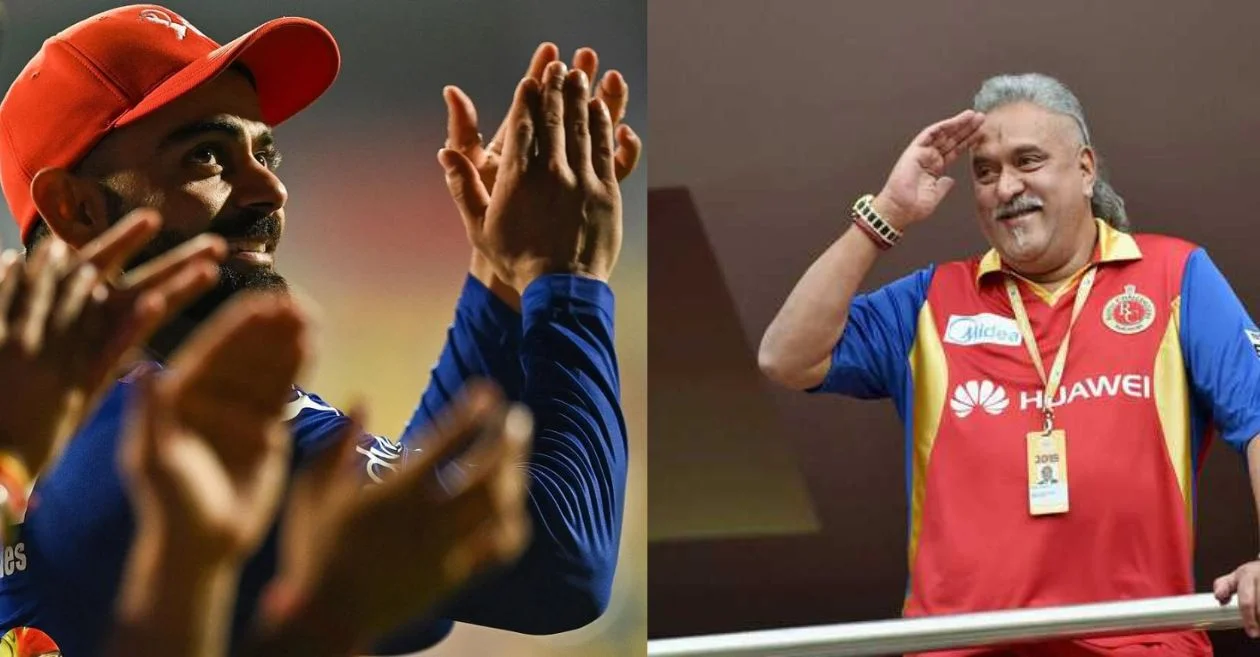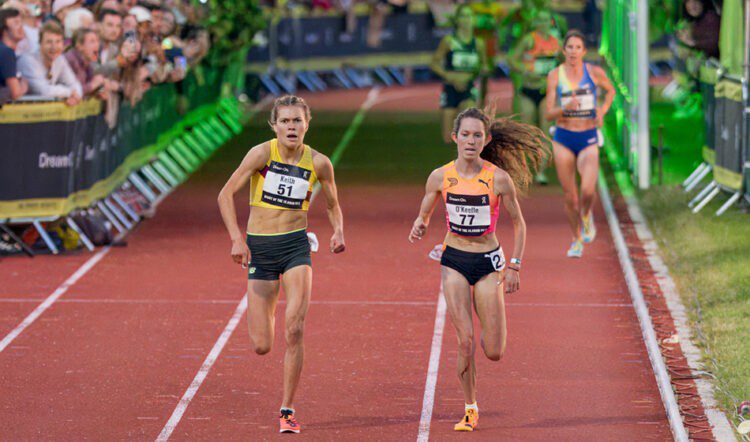HERMOSA BEACH, Calif. — The Volleyball World season had a soft opener of sorts in February with the Doha Elite 16. But this weekend marks the true season-opener for beach volleyball, as the AVP will begin its 40th anniversary in Miami at the same venue used by King of the Court, the greatest warm-up band there ever was.
Volleyball World, meanwhile, will be running its first Challenge in La Paz, Mexico, where a huge chunk of American talent will be, making Miami quite the wide open affair. All of this season-opening action made for abundant questions on this week’s SANDCAST fan question episode.
Let’s get to it.
Who will win AVP Miami?
A few months ago, after Carly Kan and Jen Keddy both recorded their first AVP wins in Central Florida, we were asked who the next player would be to get their first AVP win. Tri and I both settled on Troy Field, and we were also unanimous in our selection of Brandie Wilkerson for the women.
Miami could take both Field and Wilkerson off the unenviable “best player yet to win an AVP” list.
Bourne, who will be in La Paz instead of Miami, has Field and Phil Dalhausser winning Miami. As much as I love being correct in my prognostications — I would love to see Field win one this year, and I still think he will — I’m going with Taylor Crabb and Taylor Sander in Miami. Crabb has won the last three AVP’s he has played — Phoenix, Huntington Beach, Central Florida — and Sander was blocking for him in Phoenix and Huntington, putting him on two straight wins as well. There is, obviously, no discounting Dalhausser. In 2022, he matched Kent Steffes and April Ross as the only player to win an AVP with three separate partners in the same season. But I like the Taylors, who are fresh off a full off-season and have a year’s worth of reps together. As for the women, it’s Wilkerson and Melissa Humana-Paredes for both Bourne and me.

What are the players’ thoughts on the new Mikasa?
I’ve only used the new Mikasa sparingly, in practices with Terese Cannon and Sarah Sponcil — I can do a mean Katja Stam or Sarah Pavan impression — and Evan Cory and Logan Webber.
Overall, I don’t think there’s a ton of difference.
It’s easier to make pure hand contact, floats a hair less than the other one, and seems to drop more on jump serves, meaning we’re likely to see more of them than we have in years past. Fresh out of the box, the material felt sort of plasticky and cheap, but most balls (and lots of sports equipment, take baseball gloves, running shoes, hockey sticks, etc.) take a few practices or matches or games or races or whatever to properly break in. Tri Bourne has used it, and will use it, a lot more than I have, so his review will be a bit more comprehensive and meaningful.
“It stays more true to your lines,” he said. “I think you’re going to see better volleyball because of it. I think you’re going to see better jump serving. The big jump servers are going to be able to get a hold of it. Besides Evandro [Goncalves] and Phil [Dalhausser], we haven’t seen gnarly jump servers on the World Tour. There were a lot of tournaments where guys were going to floats because of the ball. Now you’re going to see guys teeing off. I think it’ll change the international game for the better.”

What do athletes think of the new Volleyball World Challenge and Elite 16 system?
There has been an adjustment period, certainly. But those who believe that tension between players and organizers is reserved exclusively for beach volleyball would be a bit myopic in their thinking. All of the major sports, be it NBA, MLB, NHL, NFL or PGA Tour have conflicts almost every season, be it pay, rule changes, event structure, length of season, and anything in between. The World Surf League, one of the more easily comparable sports to beach volleyball, created a massive rift with its athletes when it instituted a mid-season cut this year. Beach volleyball is no different, especially when taking into account the fact that Volleyball World completely overhauled a star system that needed overhauling and implemented a new one.
Directionally, the changes Volleyball World have implemented are good: The star system was essentially a three-tiered system anyway, with no top tier, since four-stars guaranteed the top talent, and nobody really bothered running five-stars. The players didn’t much like the star system, and the Elite 16-Challenge-Futures system is, in my mind, better than the star system. Most players I’ve talked to agree. Have these changes come without argument? Of course not. Is there still dissatisfaction? Certainly. The players want a more open top tier. Really, what the players want is a return to the Grand Slam and Open days, which preceded the star system era. Why the Grand Slam and Open era shifted into the star system, I’m not totally sure, but my guess is, like most things, it came down to money, and perhaps a more friendly developmental pipeline for up and coming talent. Volleyball World’s new system is a hybrid of the Grand Slam and Open and the star system. Directionally, that’s a good thing, while not yet perfect.
Regardless, no matter the system, or the sport, there will always be a tug-of-war between players and organizers for power and money, which can be healthy to a point, though there is a tipping point (see: PGA Tour vs. LIV). I don’t think the players are anywhere near the tipping point, and I’d imagine tweaks will continue to be made after the Paris Olympic quad, which is when we’ve seen both systems change before.

How will the Bally’s bankruptcy impact the AVP?
I don’t have a business degree from Stanford.
I don’t know a whole lot about how bankruptcies work.
I also don’t know how the AVP will be impacted, if it will be impacted at all.
What I do know is this: Bankruptcies are not simple affairs, nor are they quick. This impending bankruptcy, in particular, triggered by a missed interest payment, doesn’t seem to have much to do with the AVP side of Bally’s. It’s the Regional Sports Networks side of the operation that is imploding. Bally’s carries 14 MLB, 16 NBA, and 14 NHL teams on 19 regional sports networks, and from what I’ve gathered, it’s the MLB and the New Orleans Pelicans that are getting the rawest side of the deal. I’ve read a few dozen stories from various outlets on the matter, and the AVP hasn’t been mentioned in a single one; most journalists have no idea Bally’s even owns the AVP, or if they do have an idea, it hasn’t been worth their time to delve into it. Given the numbers — Bally’s is missing interest payments upwards of $100 million — the AVP, which Bally’s acquired for a fraction of that, is such small potatoes, and there are a number of quite large creditors.
In the short-term, I don’t expect the AVP to be impacted in the least. In the long-term, it’s obviously not a rosy sign that the Mothership is going bankrupt.
SANDCAST Mailbag: Who will win AVP Miami? Thoughts on new Mikasa ball Volleyballmag.com.



















You must be logged in to post a comment Login